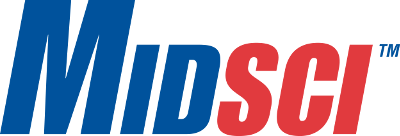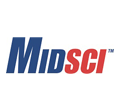 S2K Commerce - Products Dropdown
S2K Commerce - Products Dropdown
 S2K Commerce - Shopping Cart
S2K Commerce - Shopping Cart
 S2K Commerce - Order Entry
S2K Commerce - Order Entry
Molecular Biology Reagents/Chemicals
MIDSCI™ gives you ultra-pure, cost-competitive molecular biology reagents and lab chemicals for life science research; often with significant cost savings over Sigma Aldrich and other lab reagent providers.
PR1MA™ Chemicals can help with a wide variety of research-based requirements.
Use our glycerol for polyacrylamide gel electrophoresis. Eliminate Agrobacterium after inoculation with the carbenicillin we carry. Or detect β-Galactosidase activity with X-GAL which, when combined with the IPTG we stock, can be used to detect lac gene expression in cloning applications.
We also carry Luria Broth (Lennox), for the propagation and maintenance of E. coli; DTT, in order to maintain –SH groups in a reduced state; and high gel strength agar for tissue culture and microbiological work.

